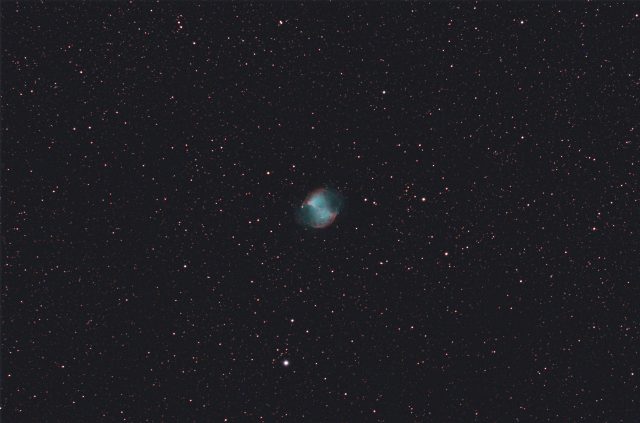
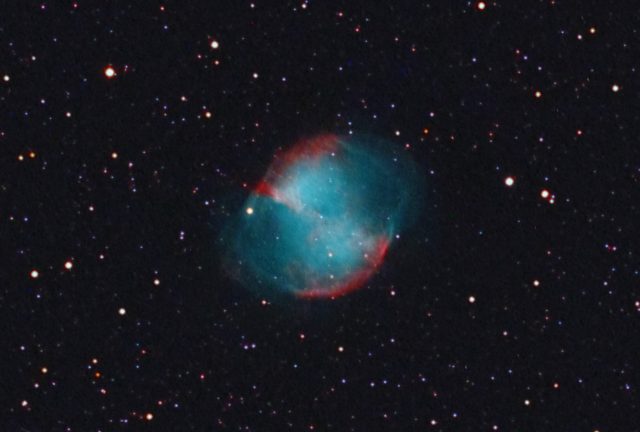
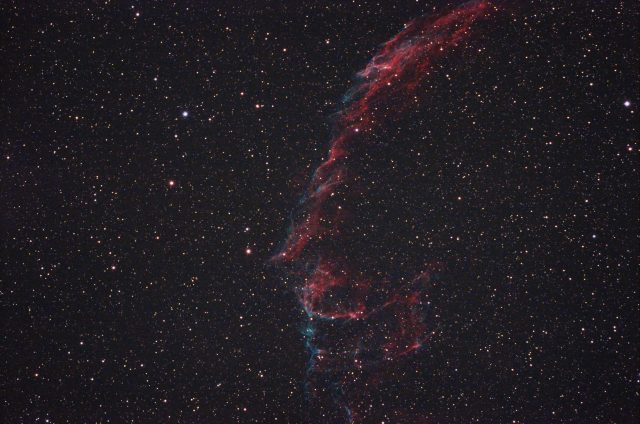
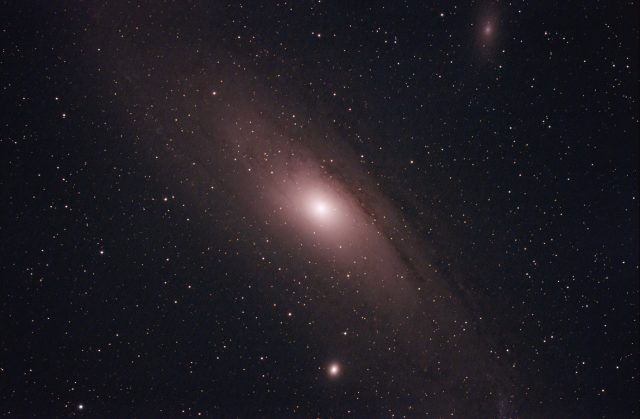
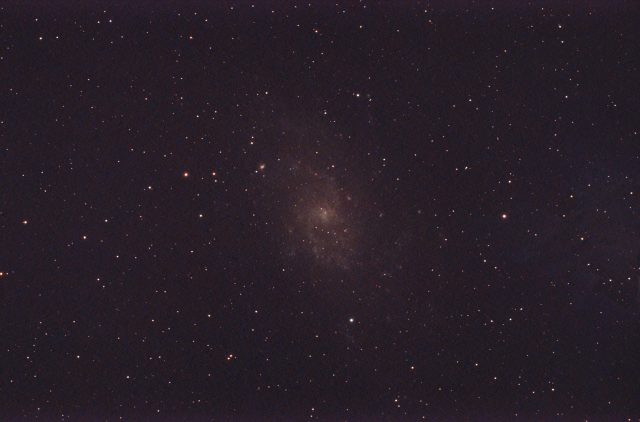
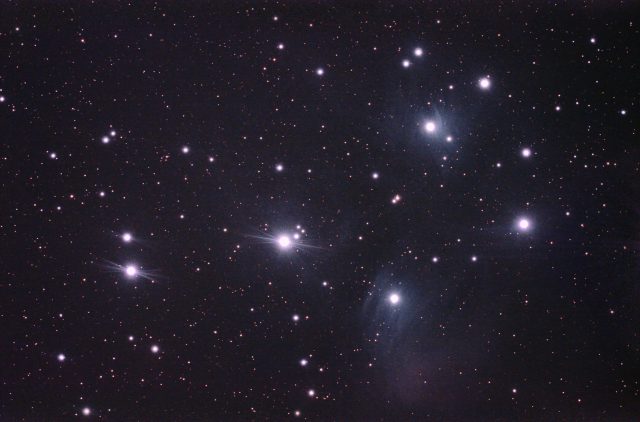
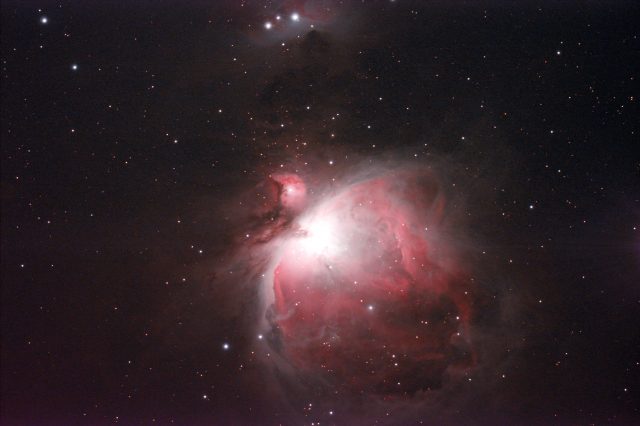
What a night! My new QHY183c astro camera worked really well once I had it hooked to a computer that could handle the 20MP downloads and live stacking requirements of SharpCap 3.2. I used my older Panasonic ToughBook for controlling the scope and the guiding while another laptop, a Toshiba i7-based unit, was used for image acquisition and live-stacking. I was able to bag six objects with this setup before I had to turn in and get some sleep.
(BTW, EAA is Electronically Assisted Astronomy. It is a way to “observe” from a light-polluted metro area with real-time captures and strong LP filters on a computer using highly sensitive astro cameras.)
SharpCap 3.2 works really well on the faster machine but not on the ToughBook. The USB 3 port and it’s 2.5Ghz processor are just not powerful enough, I guess. I will have to tuneup the Toshiba to do all the stuff the ToughBook was doing and live-stack with SharpCap, all at the same time. Hopefully, I’ll take care of that soon.
